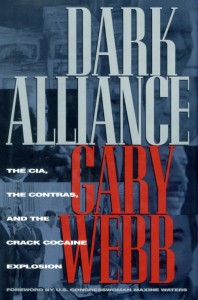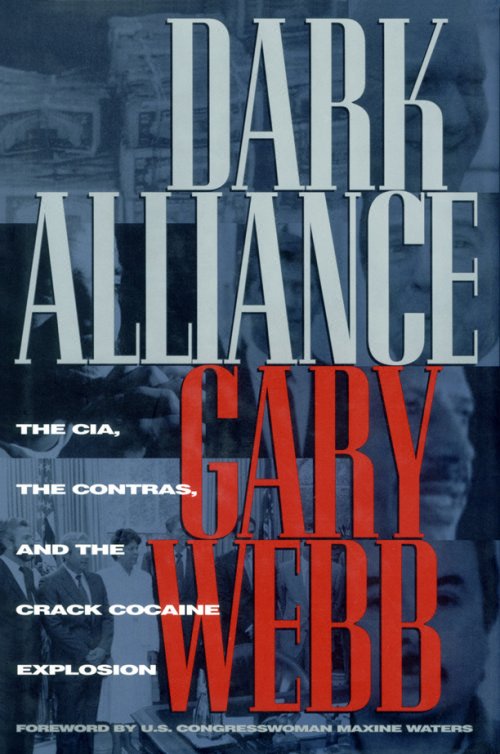 The Notorious B.I.G. once said, “You’re Nobody ‘Til Somebody Kills You.” Look no further than Gary Webb.
The Notorious B.I.G. once said, “You’re Nobody ‘Til Somebody Kills You.” Look no further than Gary Webb.
Although he had won a Pulitzer Prize, he didn’t achieve national acclaim until he stumbled upon a story connecting the Nicaraguan Contras to the Los Angeles crack trade. The series and the book titled “Dark Alliance: The CIA, The Contras, and the Crack Cocaine Explosion” would gain Webb praise, as well as threats and scorn. In 2004 he was found dead, with two gunshots to the head. The death was ruled a suicide but many believe Webb paid the price for doing the job of a real journalist.
“Dark Alliance” is not just a story of the Contras and crack. It is a look into the world of journalism and the difficulty of telling the truth in the media.
Webb begins the story on a tip to attend a court hearing for a drug case. He’s highly skeptical until a woman gives him documents implicating the CIA in crack dealing, which leads him on a search for supplier and government informant Danilo Blandon.
First Webb does some research and finds out that smoking cocaine originated in Peru. Scientists, like Yale’s Robert Byck, discovered people smoking cocaine in Lima, years before crack would hit L.A. Their warnings to the US government were ignored.
This would pave the way for people like Blandon, exiles from the anti-Communist Somoza government of Nicaragua, to move to the US and establish cocaine rings.
With the motivation to sell cocaine and provide funds for the Contras, Blandon eventually linked up with a local dealer named “Freeway” Ricky Ross.
The partnership yielded a loyal customer for Blandon and cheap, high quality cocaine for Ross.
After figuring out a formula to make cocaine ready to smoke upon purchase (Ross would call it “ready rock”), Ross dominated the market by undercutting his competitor’s prices.
It didn’t hurt his cause that Blandon connected Ross with suppliers of US military spy technology. These same suppliers had connections with men flying cocaine into the US on CIA planes.
Ross tells Webb that he never asked where the drugs or weapons were coming from or the context.
This information came to light as his business began falling apart and law enforcement started catching up to him.
Blandon was under heavy surveillance and was eventually convinced to rat out Ross. Although Ross had overcome a couple of convictions and moved to the Midwest, Blandon managed to set him up for a sting, which brought a host of informants and corrupt police officers together. The result was the reluctant disclosure of CIA ties to the crack trade because of conflicts between DEA agents and local police.
Once Webb tracked down Blandon and pieced together the whole story, he faced a whole new set of problems getting the story out. The San Jose Mercury News fought him over printing a detailed version in the paper.
The only thing that saved it was the interactive online version, which was relatively new at the time. This brought the story to the national spotlight. While many hailed Webb, the government went on the offensive to discredit him.
Misinformation stories were planted in other publications and eventually Webb was forced out of his position at the Mercury, despite the fact that all of his evidence was confirmed.
Since the release of “Dark Alliance”, no government officials or their Contra associated informants have served significant time or been held accountable for spreading crack throughout US inner cities.
Many young black and brown men have gone to prison for lengthy sentences (the crack-cocaine sentencing ratio only recently got reduced from 100-1 to 18-1). Others have died due to overdoses or violence associated with the drug business.
Webb, as well as other journalists who asked too many questions, were effectively silenced.
Justice was never achieved, nor were any lessons learned. Today we witness de-ja-vu with scandals like Operation Fast and Furious in Mexico. One can only wonder if there are any Gary Webbs brave enough to tell the public the truth.
